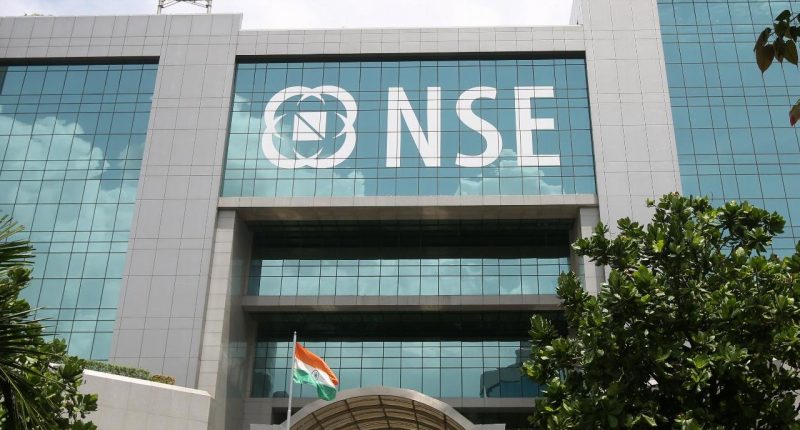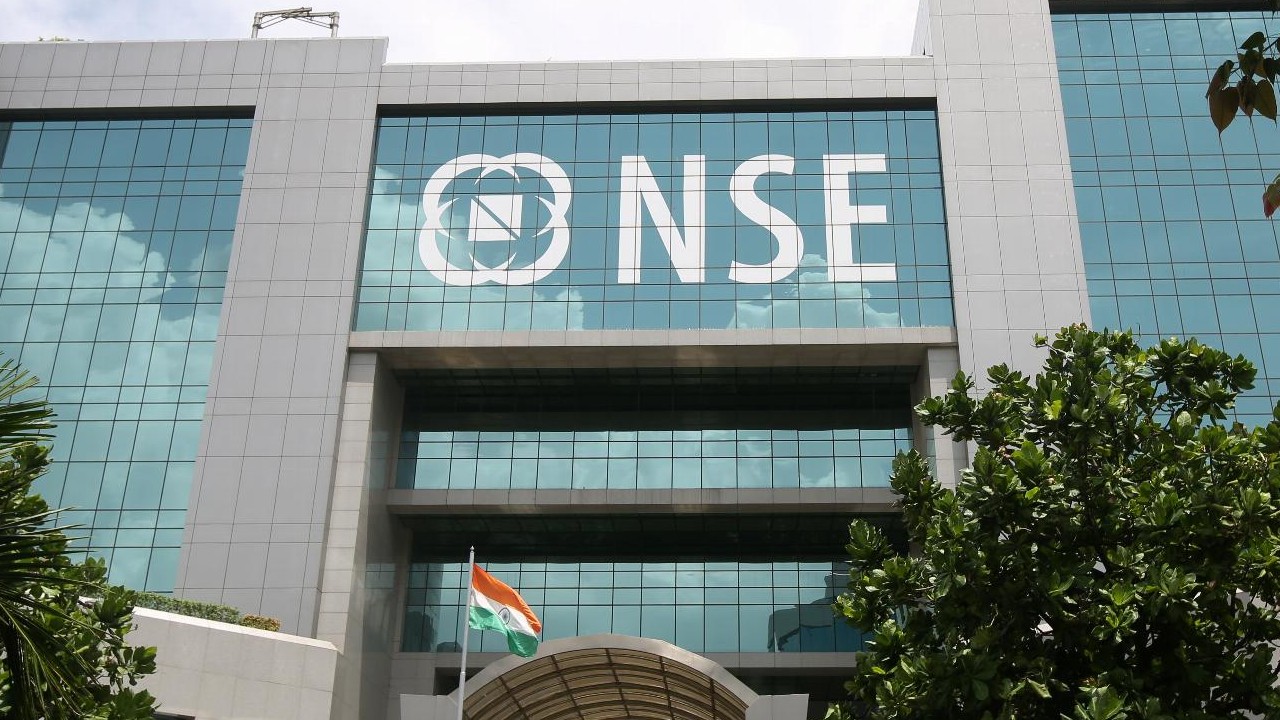- India has been experiencing a bumper year of Initial Public Offerings (IPOs)
- Food delivery platform Zomato captured attention with its 93.75 billion rupees (A$1.74 billion) IPO, the biggest in the country so far this year
- Managing Partner and CEO of Drake Star Partners Gregory Bedrosian says investor sentiment has also been buoyed by aftermarket performance
- Meanwhile some investors and fund managers are reducing their positions in China in the wake of rapid regulatory changes such as in the education sector
- Vice President Investment Research at Canterbury Consulting Matthew Lui says India’s demographic trends make it an attractive market for investors
Global investors are increasingly looking to invest on exchanges in the world’s seventh-largest economy, India, and there is a confluence of factors at play.
India’s IPO frenzy
India has been experiencing a mega year of Initial Public Offerings (IPOs). So far this calendar year there have been 58 companies go public on either the Bombay Stock Exchange (BSE) or the National Stock Exchange (NSE).
On the older of the two exchanges, the BSE, there have been 49 IPOs on the Main Board and SME Segment, surpassing a total of 31 IPOs (14 Main Board, 17 SME Segment) in 2020.
Managing Partner and CEO of global investment banking firm Drake Star Partners Gregory Bedrosian told The Market Herald there were several factors driving the record number of Indian IPOs.
“On a macro level the country has been experiencing strong growth despite the disruption caused by COVID,” he said. “In addition, supportive government policies have created a positive economic backdrop which has benefited the equity markets.
“The highly successful IPO of Zomato, the food delivery company, has been seen as a catalyst for renewed interest in the IPO market.”
Zomato dual-listed on the NSE and BSE in July and raised 93.75 billion rupees (A$1.74 billion) in India’s biggest IPO of the year, a frenzied event for prospective investors.
Subscriptions totalled more than 38 times the size of the offer, despite the company reporting a loss of 8,222.76 million rupees (A$152.48 million) in its previous annual report for the 12 months to the end of March 2021.
Even the biggest IPO of the year could soon be overshadowed by that of One97, the operator of India’s largest online payments platform Paytm. The company is looking to raise 166 billion rupees (A$3.08 billion). If successful it will constitute the country’s largest ever IPO.
“In addition, investor sentiment has also been buoyed the aftermarket performance of recent IPOs with newly listed IPOs outperforming the benchmark Nifty 50 Index [comprising the 50 largest companies on the NSE] significantly,” Mr Bedrosian added.
Of the 49 companies which have made their initial offer on the BSE this year, 34 made gains on their first day of listing. Zomato’s share price rose 65.6 per cent on its issue price of 76 rupees.
Behind the appetite for Indian equities
There are several ‘pull factors’ responsible for heightening interest in the Indian market, according to Mr Bedrosian.
“Global investors are increasingly seeking to increase their exposure and allocations to the Indian market, which is seen as one of the key growth markets in emerging markets,” he said. “Supportive government policies and a robust legal system are attractions for global investors.
“The emergence of unicorns in India is also attracting significant interest from global investors and the pipeline of future unicorn IPOs continues to grow. For example, Flipkart, the e-commence company controlled by Walmart is rumoured to be eyeing an IPO later this year.”
While there are several ‘pull’ factors, there may also be a ‘push’ factor at play, prompting some to look to new markets and rebalance their portfolios.
A pivot from China?
Recent months have been turbulent for Chinese exchanges and shares in Chinese companies listed abroad amid a recalibration of regulatory changes in the world’s second-largest economy.
The overhaul ties into President Xi Jinping ‘New Development Phase’ plan, which he explained in a speech late last year was focused on ‘building a modern socialist country’.
The quick succession of regulatory overhauls has been met with mixed responses from investors and hedge fund managers, according to Matthew Lui, Vice President Investment Research at Canterbury Consulting.
“Some managers we work with who have been investing in China for decades see this as ‘business as usual’,” Mr Lui said. “The Chinese Communist Party has a track record of addressing its social concerns (such as income inequality and equal opportunity) through regulatory action. Since China is run by a one-party regime, it can act quickly, leading to surprises and volatility, as we have seen recently.
“Other managers have reduced their exposure to China given the recent volatility and uncertainty around which sector may come under regulatory crosshairs next.”
In July, the regulatory whirlwind created waves in China’s US$100 billion (A$1.38 billion) education technology sector. For-profit tutoring was ruled out and education companies that teach the school curriculum were also banned from raising capital or going public.
“Chinese regulations on for-profit education companies have had massive effects on individual stocks and caused a ripple effect on the rest of the Chinese stock market. For example, New Oriental Education & Technology Group (EDU) and TAL Education Group (TAL), two popular hedge fund holdings, lost roughly 90 per cent of their value in 2021,” Mr Lui explained.
“In addition, although the regulations are explicitly aimed at for-profit education companies, other Chinese technology stocks such as Alibaba and Tencent have slid as investors are worried about increasing government crackdowns. Generally, larger-cap Chinese stocks have been hit the hardest. The MSCI China ETF is down 16.4 per cent year-to-date as of August 24, 2021, while the MSCI China Small-Cap ETF is up 6.9 per cent.”
Since the July education sector changes, other sectors to have experienced regulatory overhaul include online food platforms, app developers and online insurance. State-owned media has also reported the entertainment and gaming sectors may also face tighter regulation.
While some investors and fund managers are taking a patient approach, Mr Lui added others had rebalanced their portfolios with a lowered exposure to China.
If anything, the rate of change has prompted those rebalancing to look to what they consider more stable markets – India being one of them – according to Mr Bedrosian.
“The recent regulatory changes in China have emphasised the attractiveness of markets such as India which are seen as relatively stable with robust legal frameworks and supportive government policies.”
Further, India’s attractiveness as a market was linked to favourable demographic trends, Mr Lui added.
“As investors have reduced positions in China, some of that money has flowed into other areas such as India. India is relatively attractive due to its favourable demographic trends,” he said.
“Due to China’s one-child policy, which was in place from 1979 to 2016, it is now dealing with a rapidly ageing population. Analysts project that by 2050, one-third of Chinese citizens will be 65 years and above. By contrast, India has a much younger demographic and is projected to overtake China in total population by 2050.”







